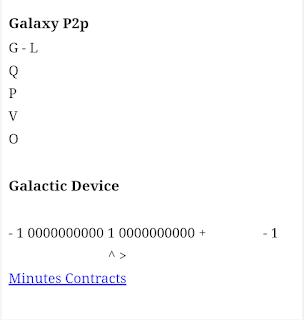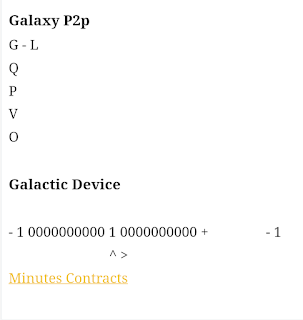Are electrons "free-flowing" in space?
- In vacuum (like space): Electrons can move freely, especially in phenomena like cosmic rays or solar wind. These are high-energy electrons (and other particles) that travel through space.
- But they don’t just float around aimlessly — they follow electromagnetic fields and lose energy over time unless they're constantly re-energized.
What happens when electrons "touch" matter?
- When free electrons come into contact with matter:
- They can be absorbed, adding to the material’s charge.
- They can cause ionization, knocking other electrons loose.
- Or they might generate radiation (like X-rays or heat), depending on their energy.
On Earth (or in conductive materials):
- Electrons are already present in atoms.
- In conductors, some electrons are “free” to move — that’s what creates electric current.
- But they aren’t just flying around in empty space — they move through a “sea” of atoms.
TL;DR:
- Electrons can flow freely in space or a vacuum.
- When they hit matter, they interact — getting absorbed, bouncing, or causing reactions.
- Electricity is essentially controlled free electron flow through matter.
Alright, let’s dig deeper — from space to atoms to electricity — on how free electrons behave, and what really happens when they encounter matter.
1. Free Electrons in Vacuum or Space
In outer space or a vacuum (like inside a cathode ray tube or particle accelerator):
- Electrons can move freely because there are very few particles to interact with.
- They’re usually ejected from atoms (like in solar flares or cosmic radiation).
- These "free electrons" travel in straight lines unless they’re influenced by electric or magnetic fields.
But they’re not perfectly free forever:
- They eventually interact with other particles, fields, or radiation, losing energy or changing direction.
2. What Happens When Electrons Hit Matter?
When a free electron hits solid matter (like a metal, gas, or even your skin), a few things can happen — depending on the electron's energy:
a. Low-Energy Electrons (e.g., from static electricity)
- They’re absorbed by the material.
- They might just join the outer shell of an atom or become part of an electric current.
b. Medium-Energy Electrons (e.g., from electronics or cathode rays)
- They can excite atoms, making electrons jump to higher energy levels (like in fluorescence).
- Or ionize atoms, knocking other electrons loose — creating more free electrons and ions.
c. High-Energy Electrons (e.g., from cosmic rays or particle beams)
- They can penetrate deep into matter.
- They might generate X-rays via a process called bremsstrahlung (braking radiation).
- Or damage atoms and molecules, which is why radiation can harm cells.
3. Electrons in Conductors vs. Insulators
In Conductors (like copper):
- Electrons in the outer shell of atoms are loosely bound.
- These “free electrons” form an electron sea and move easily — that’s electric current.
- When you apply a voltage, they drift in a direction, even though they still jostle around randomly.
In Insulators (like rubber or glass):
- Electrons are **tightly bound







0 Comments